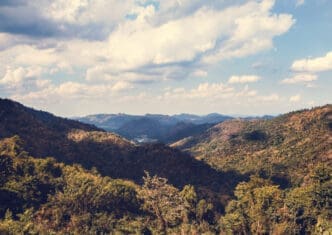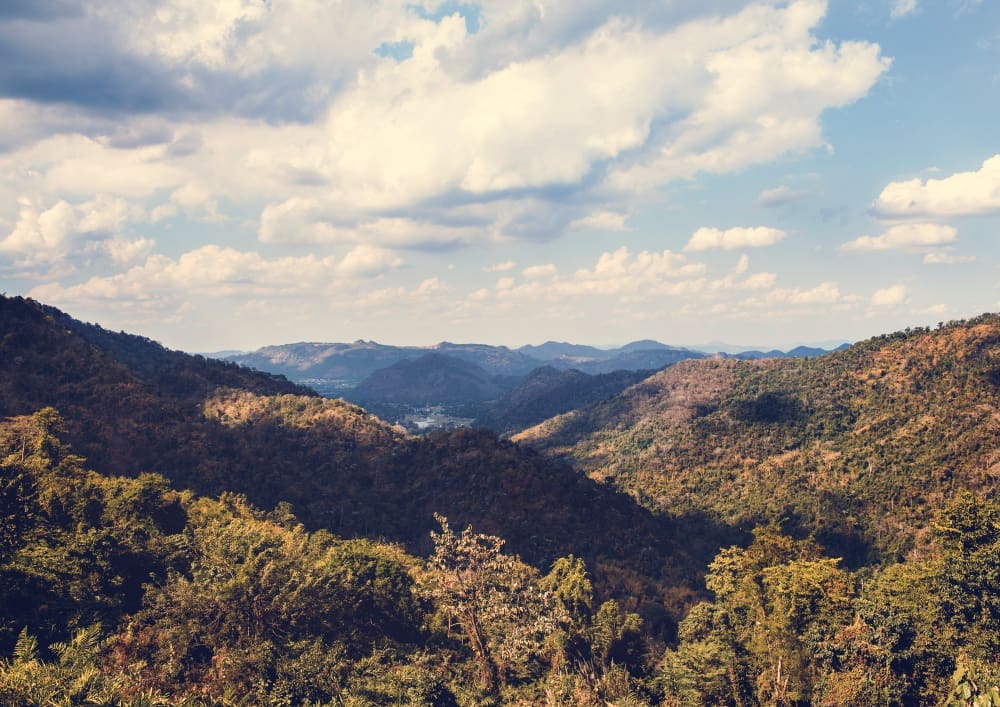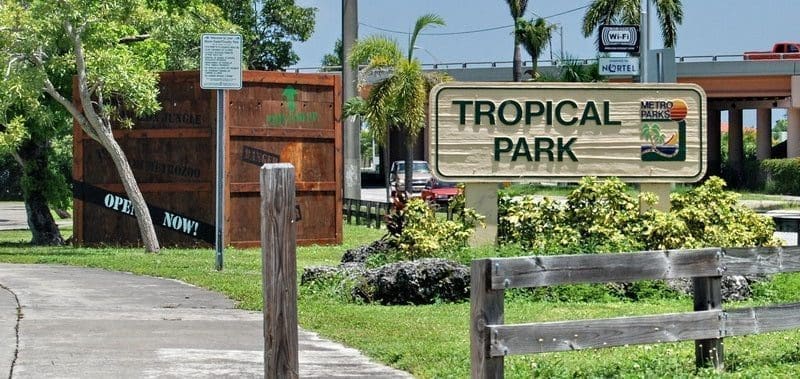In the mid-1990s, a hiker on Chilhowee Mountain in the Great Smoky Mountains National Park found his view obstructed by a thick layer of gray haze. Decades later, the same vantage point now offers a clear view extending 50 miles across the valley to the Cumberland Mountains. This transformation can be credited to a federal regulation, the regional haze rule, which has been instrumental in reducing pollution across national parks, wilderness areas, and tribal lands. However, the future of these gains is uncertain as the current administration has announced plans to roll back this and several other environmental regulations.
The regional haze rule originated from amendments to the Clean Air Act in 1977, aiming to enhance visibility in 156 national parks and protected areas across the United States. Implemented by the EPA in 1999, the rule mandates states to develop plans that include emission restrictions and monitoring strategies, with a goal of achieving natural visibility by 2064. This has compelled older polluting facilities to adopt mitigation measures or reduce operations to decrease emissions.
Despite its environmental benefits, the rule has faced challenges, with some states experiencing delays in implementing their plans. North Dakota and Wyoming, among others, have sought federal court reviews of the EPA’s decisions. Nevertheless, the rule has significantly improved air quality in 93% of affected areas, with the Great Smoky Mountains National Park witnessing a doubling of visibility on clear days since 1999. The EPA estimates significant reductions in sulfur dioxide and nitrogen oxides emissions have been achieved, enhancing the visual range in parks nationwide.
In a controversial move, the EPA announced plans to reassess the rule, considering external pollution sources and aiming to reduce state and industry burdens. This decision, part of a broader deregulatory agenda, has sparked debate over the balance between environmental protection and economic costs. Energy producers argue that further regulation may lead to diminishing returns, claiming that air quality improvements have already been realized.
Proponents of the regional haze rule caution that revoking it could impact tourism and the economic vitality of national park regions. With 325 million visitors in 2023 contributing significantly to local economies, any decline in park conditions could have widespread repercussions. Although changes to the rule are not imminent, legal challenges and public discourse are expected to shape its future.
The Impact on Daily Life
The potential rollback of the regional haze rule could have far-reaching consequences for both the environment and the economy. For communities surrounding national parks, clearer air and improved visibility are not just about aesthetics; they contribute to tourism-driven economic growth and enhance residents’ quality of life. Visitors and locals alike benefit from a cleaner atmosphere, which can improve health outcomes and foster a deeper appreciation for natural landscapes.
Industries, particularly those reliant on fossil fuels, might experience relief from regulatory costs, but this could come at the expense of environmental degradation and public health. As air quality regulations evolve, balancing economic interests with environmental stewardship will remain a central challenge. The dialogue on how to sustain both clean air and economic viability continues to be pivotal in shaping policy decisions that affect the future of America’s natural treasures.














